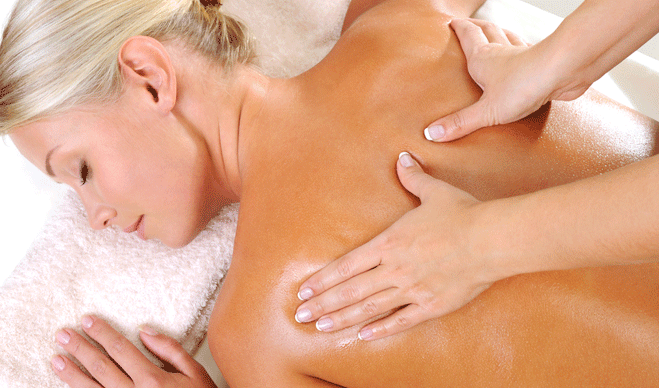How to Provide the Ultimate Body Massage

Insurance & Accreditation
Be Your Own Boss & Earn Money

TPA Learning Process
Guaranteed Proven Results

Support & Community
Learn, Achieve & Grow Together

There are numerous different types of massage: Swedish, Thai, Aryvedic, Chinese, Shiatsu, Lymphatic and many more so there are always new techniques and moves to learn. All the main techniques can, like notes on a piano, be played with and altered, and are therefore infinitely adaptable.
Massage is suitable for almost anyone and any age! You can even do massage techniques on babies.
Massage can help relieve aches, pains, stress, cramps, headaches, insomnia, depression, anxiety, constipation and even cellulite! There is a massage to suit everyone and every need.
Your hands are your massage tools and they need to be strong, flexible, relaxed and also sensitive. When massaging keep your hands and wrists as relaxed as possible, if you give a massage with tense hands it will feel hard and uncomfortable to your client leading to a less enjoyable experience.
Top Tips for Body Massage:
1. Be relaxed: The more relaxed YOU are the better your massage will feel to your client. It is virtually impossible to relax when you’re chilly, so keep your clients warmth in mind. Even the best massage in the world is ruined if your client is cold. Always have plenty of extra towels or blankets to hand. Why not try massing with warm oil or using an electric heated blanket on your massage couch for that added luxury.
2. Rehearse your routine: Silently rehearse the massage in your mind before you begin. This is one of the best ways to learn movements and sequences.
3. Tailor your massage: You should tailor you pressure to suit your client. There is no ‘one size fits all’ with massage! It needs to be enough for the treatment to be effective without causing pain. Generally, pressure should be light at first, becoming deeper as the massage progresses and gentle towards the end. It is important to always check with your client the pressure is comfortable as you work through the treatment.
4. Tickles: Ticklishness often indicates tension. If your client is ticklish in an area spend time stroking it slowly. Fast movements can tickle, so flatten your hands, reduce your momentum and increase depth.
5. Experience the treatment: It is important to experience the treatment you are giving to clients, the best way to do this would be to have the treatment yourself so you can explain what is involved and what they may be feeling. It is for this reason that when on our body massage course we ask students to work on each other.
